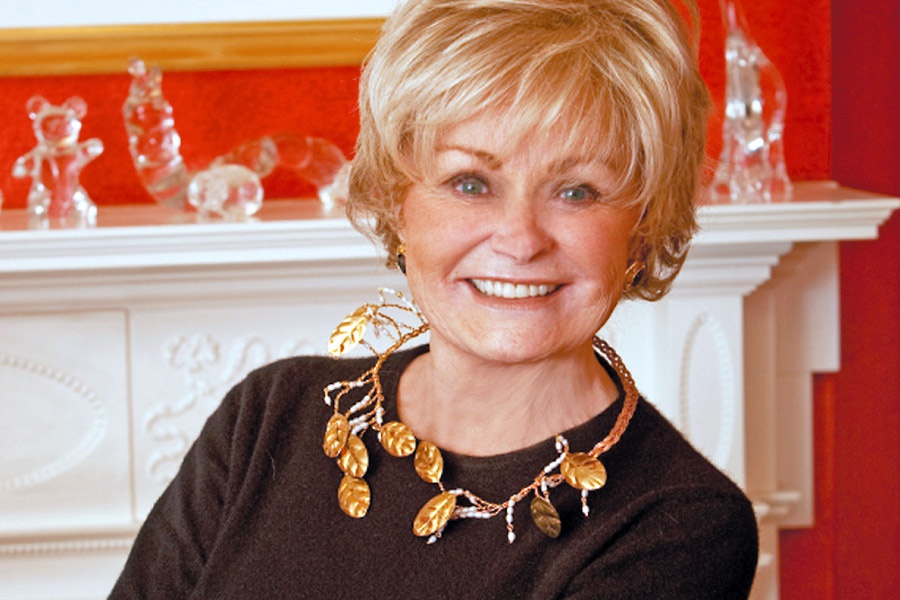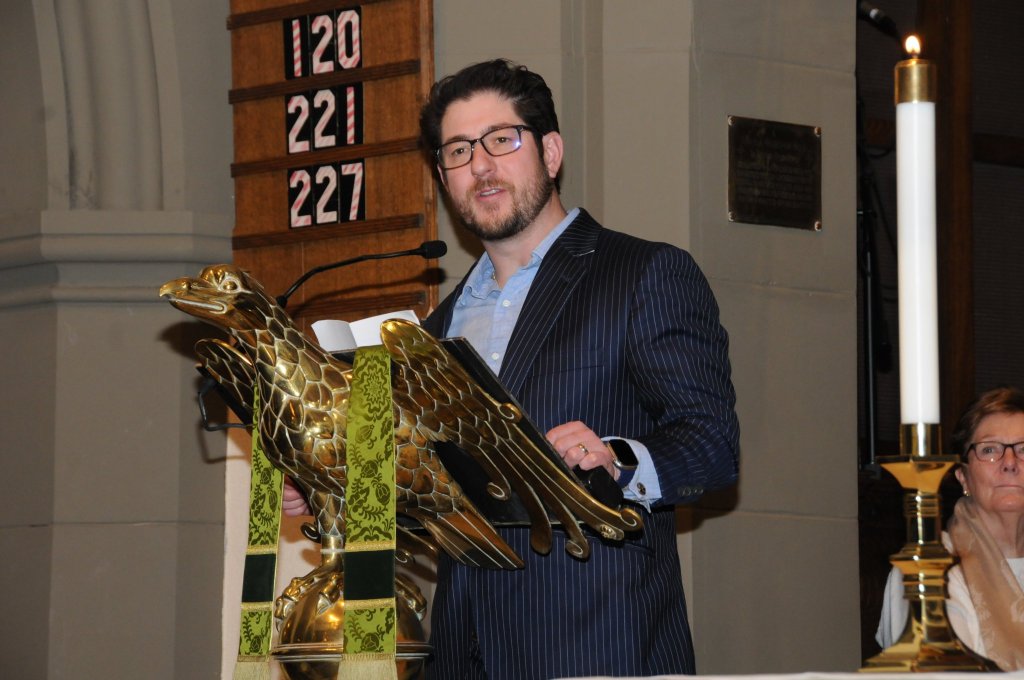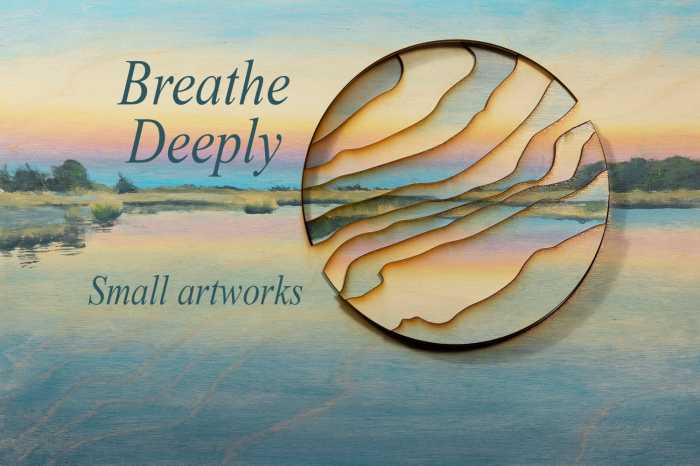Who's Here: Author Kitty Kelley

Last Wednesday, as the 50th anniversary of the March on Washington was observed around the country, a new book of never-before-seen photographs from that day appeared for sale in bookstores. The book is entitled Let Freedom Ring: Stanley Tetrick’s Iconic Images of the March on Washington, and the images are extraordinary—an intimate close-up of two men inside a car, Martin Luther King Jr. and Roy Wilkins, looking out the side window at the marchers as they are being driven up the Mall to Capitol Hill to meet with Congressional leaders. A close-up of a young black woman in a newly pressed check shirt, shorts and sneakers, sitting on a railing, her hands on it to steady her, her head thrown back as she listens to the speaker. About 30 people, sitting on the rim of the Reflecting Pool, their pants rolled up, their shoes off, enjoying the feeling of their feet in the cold water after the long, long march. An American soldier, standing over a black woman dressed in her Sunday best, lying in the grass on her back, having fainted from the heat. The soldier is fanning her with his cap, and has out a metal canteen full of water.
You are struck by just how quiet and peaceful all these people look. And how determined and alert. They are in the Sunday best, jackets and ties for the men, high heels and skirts for the women, and it is not Sunday, it is Wednesday. And they have come from all over the country to fight for civil rights and, unknown to them, and unknown even to Martin Luther King Jr., to savor the words he would speak that day as he departed from his prepared text when it came his time to take the podium.
“And I have a dream that one day, on the red hills of Georgia, the sons of former slaves and the sons of former slave-owners be able to sit down together at the table of brotherhood. I have a dream that one day, even the state of Mississippi, a state sweltering with the heat of injustice, sweltering with the heat of oppression, will be transformed into an oasis of freedom and justice.”
And then there are other pictures. James Baldwin, standing on the Capitol steps and turning to welcome someone; Robert F. Kennedy, his tie askew, looking concerned as he rests his hands on the base of a bust of the head of Abe Lincoln in the White House.
Text winds its way through these pictures. There are excerpts from speeches by Whitney Young, by Roy Wilkins of the NAACP, and by President Kennedy, who remained inside the White House observing the march, then greeting the leaders when it was over. He is quoted from a speech made three months before.
“This is not a sectional issue. Nor is this a partisan issue. This is not even a legal or legislative issue alone. We are confronted primarily with a moral issue. It is as old as the Scriptures and as clear as the American constitution.
“If an American, because his skin is dark, cannot eat lunch in a restaurant open to the public, if he cannot send his children to the best public schools available, if he cannot vote for the public officials who represent him…”
These speeches, in this book, are indicated by italics. The rest of the text, heavily researched, explains what is going on.
“Many people, exhausted by sheer ecstasy, were heading to the shuttle buses for relief from the heat when they heard the organ pipes herald the majestic appearance of Mahalia Jackson, the most renowned gospel singer of the era. Her strong and stirring voice seemed to reverberate from the marble steps of the Lincoln Memorial to the marble steps of Congress as she sang of the slave experience.”
The woman who writes this commentary is a well-known author who has had five #1 best sellers on The New York Times Best Seller list. She is Kitty Kelley, and her best-selling works are the unauthorized and scandal-filled biographies of Jackie O, Nancy Reagan, Elizabeth Taylor, the Royal Family and others.
I had met her, and looked through this new book she authored, at the Author’s Night party in early August at the Gardiner’s Farm in East Hampton, and told her I’d like to interview her about it. Turns out she is out here for the summer, having rented a house in Sag Harbor with a friend.
We met for coffee two weeks later, and sat outdoors in the garden of the Maidstone Inn. Kitty Kelley is a small woman, blond, tanned and very pretty. I also found her very smart.
“I first met Stanley Tretick, the photographer who took the pictures in this book when I was writing about Elizabeth Taylor, Richard Burton and Robert Kennedy in 1981. Tretick was famous for having taken personal and up-close photos of the First Family, and I thought he could be helpful. I invited him to our home in Georgetown. When he came in the front door, his first comment to me was about the house. ‘This is Justice Brennan’s house.’ I told him it still is. That’s what we call it, too.”
“Was he helpful about the Kennedys?” I asked.
“No. He didn’t know much. But we had a nice day, and as it turned out we became good friends. I accompanied him on some of his other photo shoots. We worked together on some things.”
“He’s famous for all those pictures of the Kennedys playing touch football in Hyannis Port on the lawn. And that picture of JFK at his desk with his son John under it, mischievously peering out. How did he get such close access to the President?”
“He told me once. For a time early on in Kennedy’s political life, he didn’t want family photos taken. Jackie didn’t, either. In particular President Kennedy didn’t want to be photographed golfing. Dwight Eisenhower had been an avid golfer. Kennedy wanted to distance himself from that. One day, Kennedy was on the golf course, and down the fairway there was this man with a camera, standing on a hill. But he wasn’t taking pictures. Instead, he walked down the hill and up to Kennedy on the fairway, and it was there he asked him if he could take pictures. Kennedy said no, but then Kennedy asked him why hadn’t he taken a long-lens photo of him from the hill, and Tretick said, ‘because I wanted to ask you first.’ And from that conversation, Kennedy concluded that this was a man he could trust. And so soon thereafter, when he decided that photos of his family would be an asset to him and he got his wife to go along with it, he offered Stanley an access to his life no other photographer got.”
The friendship between Kitty Kelley and Stanley Tretick lasted for nearly 20 years. They weren’t a couple. Both were married to others.
“He became part of my family,” she said.
“Stanley got divorced around 1999,” Kelley said. “And I became even closer to him. He had a series of strokes and I helped care for him. I was with him when he died.”
Tretick had been born in 1921. He was a Marine during World War II and took photos at the front. He worked for the United Press news agency after the war, and in the Kennedy years exclusively covered JFK in the White House for Look magazine, a magazine with a 16 million circulation.
When he died, Tetrick asked Kitty Kelley to be the executor of his will. He also willed her, among other things, this old Marine Corps locker that he had been using as a coffee table in his study. Inside, Kelley found nearly 1000 old photographs, the vast majority of them from the Kennedy White House and the March on Washington.
Kelley wrote the text to a book of his JFK photos called Camelot. That came out in 2011. This one, it seemed to me, was much more powerful.
“All proceeds from the sale of this book go to the Children’s Defense Fund,” she said. “I won’t make any money on it. And I asked the Founder and President of the Children’s Fund, Marian Wright Edelman, to write an introduction for it.”
As it happened, besides having been on the March on Washington, Edelman knew Tretick. She had hired him to come to her Washington home and do portraits of her children. In fact, Kelley came to know Edelman because of her connection with Tretick.
This book has already been well reviewed.
The Christian Science Monitor wrote, “turn to any page and you’re likely to be moved—and reminded of work yet to be done.”
Kirkus Review wrote, “Fifty years later, a stirring evocation of the 1963 March on Washington.”
Kitty Kelley grew up in Spokane, Washington, and was attending graduate school in Seattle at the University of Washington when the March on Washington occurred. She didn’t go. She had accelerated her classes and was in summer school.
After graduation, she came to New York City in hopes of becoming an investigative newspaper reporter. “But my first job,” she told me, “was at the New York World’s Fair. It was in 1964. I worked as one of the three girls in the General Electric VIP Lounge. The other two were models. But if someone needed to be talked to about our products, that was my job.”
She worked as a press assistant to a U.S. Senator for a while, and then, for two years, was at The Washington Post as a research assistant. After that, as a reporter, she wrote articles for The New York Times, The Wall Street Journal, Newsweek, People and a host of other publications, including American Scholar. And then there were the scandalous biographies that made her both famous and infamous, and now these two books of Stanley Tretick’s photos.
As for the east end of Long Island, she has come here from Washington for a vacation, the first she’s taken since her husband Jon Zucker died a year and a half ago.
I asked her what she loved about the Hamptons.
“Well, it’s great to get out of D.C. Up here, it’s glorious. The people are wonderful. I’ve finished four or five books this summer, reading, not writing. I’m going to have re-entry problems when I have to go back.”
She finished the interview telling me this story about Sag Harbor.
“I’m a walker. I walk everywhere. Sometimes I get lost. One day I had put my hair up in pony tails and was walking up Division Street when I got lost. A gardener on somebody’s front lawn saw me looking at houses and street signs and he asked, ‘Did you lose your little lamb?’ I said I did. He then said, ‘Well, honey, the way you’re going, you’re about two minutes from Mount Misery.’ I hadn’t heard of Mt. Misery.”
“I know of it, but I don’t know why they call it that,” I said.
“But I just thought it was so lovely to be talked to that way, in this small town, by a total stranger.”
“Sag Harbor,” I said.










